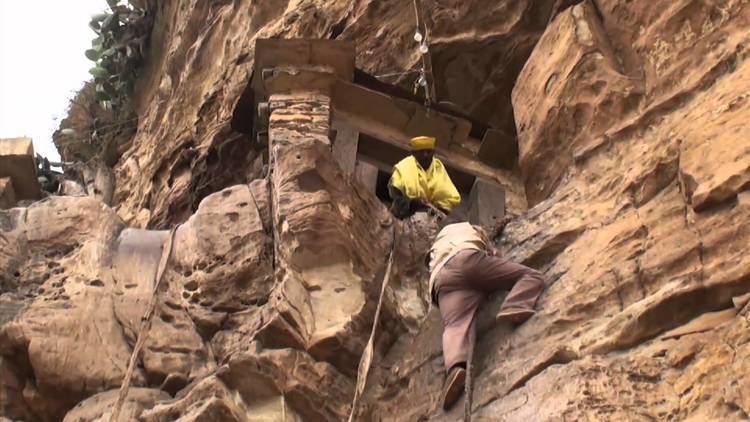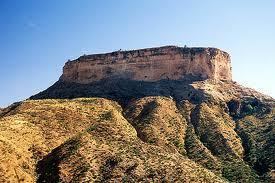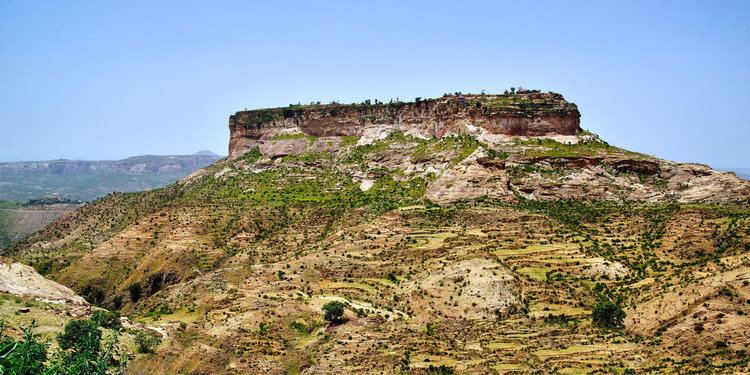 | ||
Similar Blue Nile Falls, Rock‑Hewn Churches - Lalibela, Lake Tana, Debre Libanos, Danakil Depression | ||
The dangers of debre damo monastery ethiopia
Debre Damo is the name of a flat-topped mountain, or amba, and a 6th-century monastery in northern Ethiopia. The mountain is a steeply rising plateau of trapezoidal shape, about 1000 by 400 m in dimension. With a latitude and longitude of 14°22′26″N 39°17′25″E, it sits at an elevation of 2216 m above sea level. It is west of Adigrat, in the Mehakelegnaw Zone of the Tigray Region.
Contents
- The dangers of debre damo monastery ethiopia
- Ethiopia debre damo mountain rock monastery part 17
- Monastery
- References
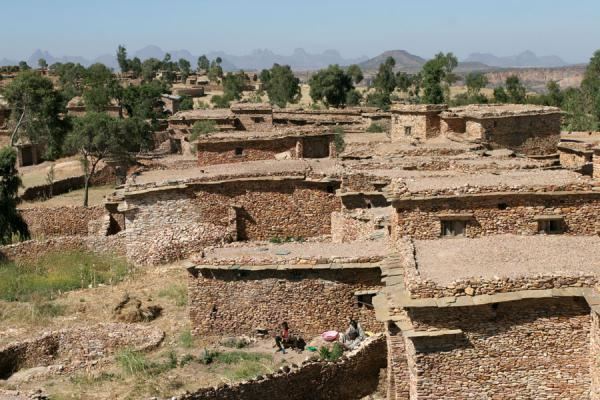
The monastery, accessible only by rope up a sheer cliff, 15 m high, is known for its collection of manuscripts and for having the earliest existing church building in Ethiopia that is still in its original style, and only men can visit it. Tradition claims the monastery was founded in the 6th century by Abuna Aregawi.
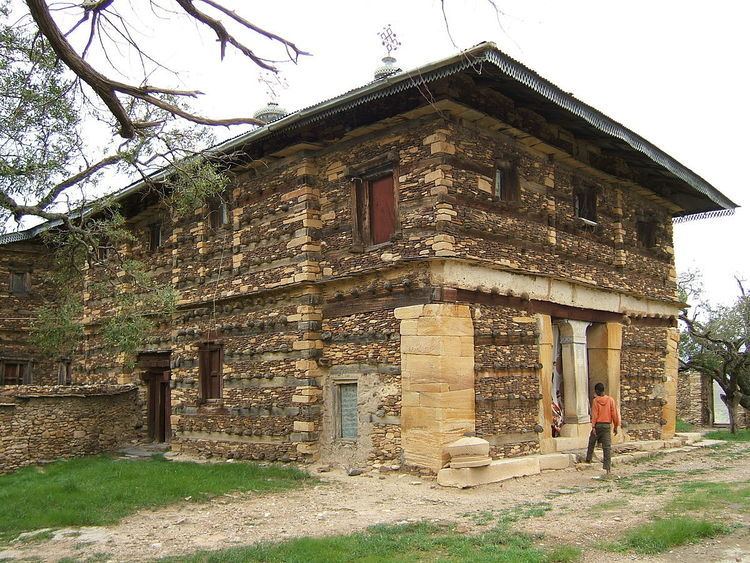
Ethiopia debre damo mountain rock monastery part 17
Monastery
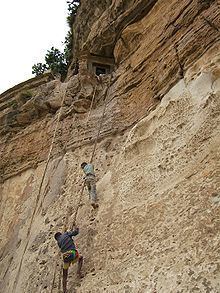
The monastery received its first archeological examination by E. Litton, who led a German expedition to northern Ethiopia in the early 20th century. By the time that David Buxton saw the ancient church in the mid-1940s, he found it "on the point of collapse". A few years later, an English architect, DH Matthews, assisted in the restoration of the building, which included the rebuilding of one of its wood and stone walls (a characteristic style of Aksumite architecture).
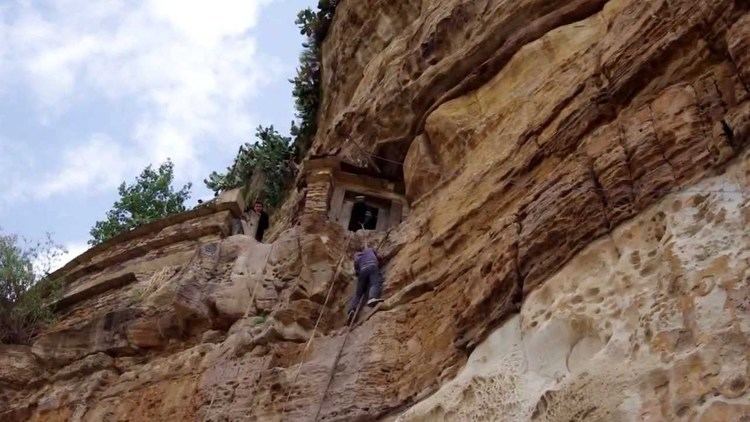
Thomas Pakenham, who visited the church in 1955, records a tradition that Debre Damo had also once been a royal prison for heirs to the Emperor of Ethiopia, like the better-known Wehni and Amba Geshen. The exterior walls of the church were built of alternating courses of limestone blocks and wood, "fitted with the projecting stumps that Ethiopians call 'monkey heads'". Once inside, Pakenham was in awe of what he saw:
